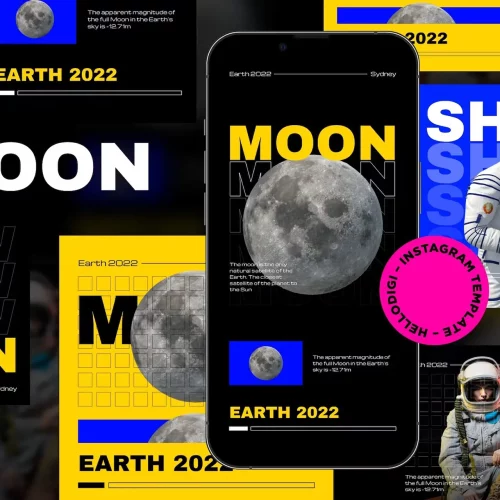Surely you have heard many times about the concept of Marketing Mix 4Ps, or 7Ps in service. Marketing Mix is a model that helps you to determine the exact target audience for the product / service you are providing.
There are many different reasons why you “suddenly” forgot a small component of the Marketing Mix model. And just like that, you will turn yourself in the wrong direction on the road to identifying your business’s target audience.
On the contrary, you will probably be able to maximize profits for your business if you fully understand every aspect of this Marketing Mix model. Sadly, many marketers underestimate the importance of the 4Ps (or 7Ps), because it is said to be “common knowledge”, that everyone has mastered this area of theory.
So what really is the Marketing Mix? Let’s explore with Malu.
>>> Learn about 2 models B2B and B2C ; Basic Overview – What is Marketing?
>>> What is Trade Marketing? Importance of Trade Marketing
What is Marketing Mix? Marketing Mix Definition
The definition of Marketing Mix is very simple: Marketing Mix is when you put exactly a certain product / service in the right place, at the right time, at the right price. The difficult thing here is, how to apply the theory smoothly into practice.
Basically, the Marketing Mix model includes 4 components for tangible products, 7 components for intangible products (services), and the theory of 4Cs (which was built in the 1990s).
>>> What are the 4Cs in Marketing?
Marketing Mix 4P
This model was developed in the 1960s by economist E. Jerome McCarthy. From that point on, the 4Ps Marketing model became famous and is used, as well as taught in businesses, universities and colleges around the world.
4P In marketing is a marketing model that includes 4 basic elements: Product (Product), Price (Price), Place (Place), Promotion (Promotion). These 4 elements are also known as the marketing mix or the marketing mix. The level of success at applying the 4Ps in marketing will strongly affect your revenue.
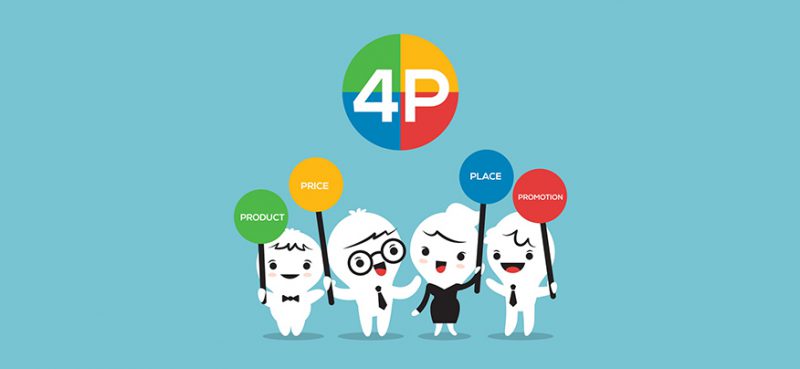
1. Product:
Product is a very important element in the 4Ps model. Products are created to satisfy the needs of a specific group of customers. Products can be tangible, or intangible (represented as a service).
You need to make sure that the product/service you offer exactly meets the needs of your target market. So, during product development, you regularly perform market research activities, each of which may be tied to a specific stage in the life cycle of a product.
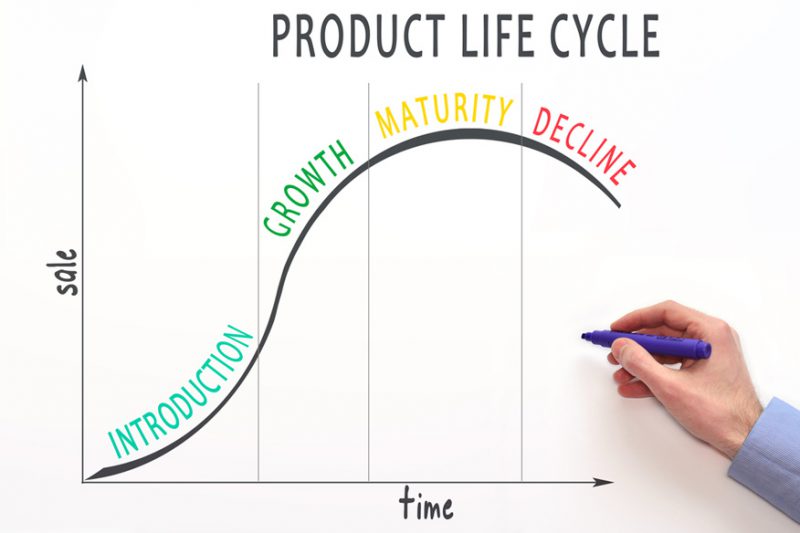
The product life -cycle includes stages of introduction, growth, maturity, and decline. Determining customer needs is extremely important, it helps you balance the supply of products to the market, and make appropriate adjustments to customer tastes.
After all, every marketer needs to ask himself: What does it take to deliver a better product to the market than the rest of the competition?
To do so, you need to answer the “bullet points” below:
- What do customers want from your product/service?
- How do customers use your product/service?
- Where will they use them?
- What features in the product can meet their needs?
- Is there a unique feature that you accidentally overlooked during product development?
- Do you inadvertently create redundant, unnecessary features for customers using the product?
- What is the name of the product/service you want to offer? Does the name “catch your ears”?
- What style do you want to give your product/service (size, color,…)?
- How is your product different from your competitors?
- What will the final shape of the product/service you want to provide?
2. Price:
Here, you need to define a price that any customer (in the customer file you have selected) will also be satisfied when they open their wallet. Price is a very important aspect of the Marketing Mix.
Of course, this is also the element that will determine the existence of a product. Adjusting the selling price will make a great impact on the marketing strategy of the business , as well as on the supply / demand curve for the product in the market.
This is clearly an extremely sensitive strategy. Let’s say your business wants to offer a completely new product. But is it worth it when you set a very high price for a product, but the business that provides that product has not built a lot of reputation in the market?

You should remember: The price is a factor that affects the customer’s opinion of the product you are offering. Low prices can be a plus, helping your product stand out from the competition.
At the same time, too high a price can cause customers to overlook the benefits that your product can bring. Therefore, you should study the exact market price factor, and the selling price of your competitors to be able to determine the right price for your product.
When determining the selling price, marketers should consider the value customers receive of a product. There are three main pricing strategies, including:
- Market penetration pricing .
- Market skimming pricing .
- Neutral pricing .
To get the right pricing strategy, you need to define:
- How much will it cost you to produce one unit of the product?
- What is the value received when customers use your product?
- If you reduce the selling price of the product, will the market share increase?
- The price you are offering can compete with competitors in the market?
3. Place:
The distribution system is also another important aspect of the Marketing Mix. What you need to consider here is to build a reasonable product / service supply system, which can make it convenient for customers to consume and use.
This means: You must have a deep understanding of the market in which your business is supplying products. This will help you discover the attributes needed to please the customers in that market.

There are many different distribution strategies, including:
- Intensive distribution strategy .
- Exclusive distribution strategy .
- Selective distribution strategy .
- Franchising . _
You need to pay attention to the following issues:
- Where can customers find your product?
- Where do your customers frequent to shop?
- What distribution channels can you reach? How to reach them?
- How is your distribution system different from your competitors?
- Do you need a strong distribution system?
- Do you need to sell your products on an online business environment?
4. Promotion:
Promotion (roughly translated as promotion – communication ) is a factor that can help your business promote brand positioning and sales activities. Promotion includes small components such as:
- Sales organization .
- Public relations .
- Advertising . _
- Marketing (sales promotion) .
Advertising often covers media aspects that require a business to pay, such as advertising on television, radio, print and on the Internet. Nowadays, advertising is moving from offline to online environment ( digital marketing ).
Public relations (also known as PR) is a non-paid method of communication, including activities such as press conferences, exhibitions, events, etc.
Word of mouth is a new form of marketing communication. This is a non-traditional method of communication, taking advantage of the spread from positive customer reviews, word of mouth of individuals to promote sales activities for the product.

In the context that the Internet is playing an important role in connecting people and building human outlook, diffuse communication is increasingly focused on development by businesses. Today, more and more businesses are using social media and other online methods to promote the communication and marketing of the products they offer.
- To build a good communication strategy, you need to answer the following questions:
- How do you get your message across to your target audience?
- When is the right time to market the product?
- Can you reach your target customers through mass media channels (such as television, radio)?
- Is using social media good for communication and marketing?
- What is your competitor’s communication strategy?
You need to calculate factors such as budget, communication message, target audience to determine the communication strategy that is really suitable.
Marketing Mix 7P
The Marketing Mix 7Ps model is an extension of the Marketing Mix 4Ps, dedicated to providing intangible services. Below are the components of Marketing Mix 7Ps (including 4 components of 4Ps).
5. People:
The people aspect here is both the target customer that the business is targeting, and the people directly involved in providing services in the business.
Conducting market surveys is important for you to assess the needs and tastes of your customers, thereby making appropriate adjustments to the service provided.
Employees in the business also play an equally important role, because they are the ones who provide that service to customers. Therefore, it is necessary to carefully consider the consideration and recruitment of employees for positions, such as customer support, customer care, copywriters, programmers, etc.

When businesses find employees who believe in the quality of the service they are providing, labor productivity will certainly improve. Employees will try their best for the common goal of the business.
In addition, regularly collecting feedback from employees and customers, as well as communicating your wishes and aspirations to them is also a good way to promote your business.
You should remember: internal activities can play a very important role in building your business’s competitive advantage over your competitors in the market.
>>> Customer Journey – Building a Customer Journey Map [Attached Template]
6. Process:
Processes are processes and systems that help your business provide services to the market.
You need to ensure that your business has built a methodical system and process, which helps businesses save large costs in providing services to customers.
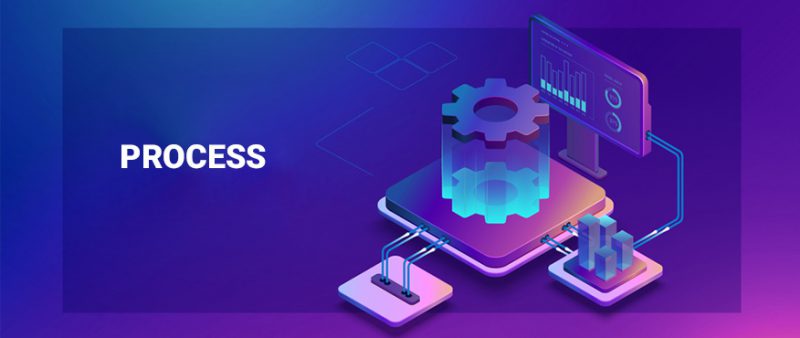
The process here can be the product distribution process, the payment process (for customers), the import and export system, the logistics process, etc.
7. Physical Evidence:
In service marketing, the physical element is an aspect that needs to be mentioned. The physical environment here is the meeting, contact and exchange space between the service provider and the customer, where the customer uses the service.
It can be as tangible as the interior space of a cafe, staff uniforms, it can also be as abstract as the staff’s reception attitude, customer care support, etc.
Physical Evidence can give businesses a great competitive advantage, helping them stand out in the eyes of customers. When it comes to a modern cafe space, suitable for working activities, people refer to The Coffee House, when it comes to the standard customer care attitude, we immediately think of Google.
Marketing Mix 4C
The Marketing Mix 4Cs model was developed by Robert F. Lauterborn in 1990. It is the modified 4Ps model. So it’s like an extension of the Marketing Mix model, rather than a major part of it. The 4Cs model includes the following elements:
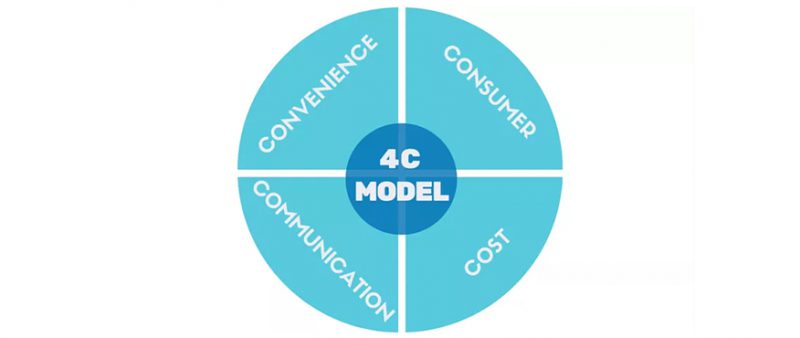
Cost: According to Lauterborn, the price of a product is not determined solely during the purchase process. He extended the concept of price to cost, which is the cost that a customer has to pay to use, operate and maintain the product. Businesses need to offer reasonable selling prices to bring customers commensurate values.
Consumer Wants and Needs: Businesses should only sell products that meet the needs and wants of customers. Therefore, they need to carefully research the needs and tastes of their target customers.
Communication: According to Lauterborn, the concept of promotion is coercive, while communication is more cooperative. Marketers need to interact with their customers based on their needs and wants.
Convenience: The product of your business should always be available to customers. Marketers need to accurately determine the product distribution channel that is most convenient to customers.
Marketing Mix 4E
The world changes day by day, traditional concepts like Marketing Mix also have inheritance and modification. Today, we approach a new concept, which is both new, but also based on the most solid foundations.
That is the Marketing Mix 4Es model, created by Brain Fetherstonhaugh, CEO of the famous Ogilvy One Worldwide Group.
The Marketing Mix 4Es model is explained as follows:
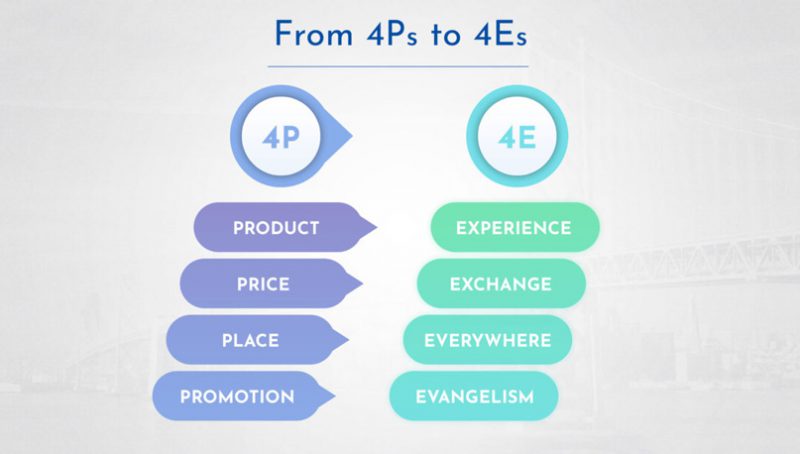
From Product to Experience
According to the traditional 4Ps model, marketers are only interested in the products and services they sell (such as product features, packaging designs, etc.).
Today, marketing managers need to think broader, beyond, to the entire experience of using products and services of customers (such as whether customers feel satisfied when using the product/service or not. Is the product easy to use? Do they want to buy the product/service next time?)
From Price to Exchange
With so many products and services available for free on the Internet, setting prices for products/services today must be really different .
Freemium -style pricing strategies – free to use services within a certain range, charged with premium features – become a new trend in the market.
The story now doesn’t just stop at: How much to price the product to make customers happy, but to determine the pricing strategy so that both parties: customer – supplier feel satisfied. and benefit .
From Place to EveryPlace
In the age of 4.0 technology, we are no longer limited by geographical distance, today’s trade is unlimited, no distance.
There are many different ways to approach and deliver products/services, such as through websites, social networks, OTT messaging apps, etc.
From Promotion to Evangelism (message transmission)
Today, promotions are no longer enough. Customers have many different ways to learn about products and services. They are no longer “donkeys”, but where there is a discount, where there is a gift, they rush into crazy shopping.
Enterprises, as a messenger, need to know what is an effective method of promoting and communicating products, attracting the attention of customers. Producing unique marketing content on digital platforms, using influencers ( KOLs ), organizing PR activities, etc. are some of the common communication methods that marketers have applied recently.
Whether you apply any marketing mix model, be it 4Ps, 7Ps, 4Cs or 4Es, building a marketing mix plan is extremely important. It helps you balance revenue and expenditure, improve customer satisfaction, boost brand awareness , and increase product coverage through distribution channels.
It is also especially necessary in deciding whether the brand is vital to building , whether it will grow to new heights, or die prematurely under the wrong strategies.
>>> A Comprehensive Guide to Online Marketing


